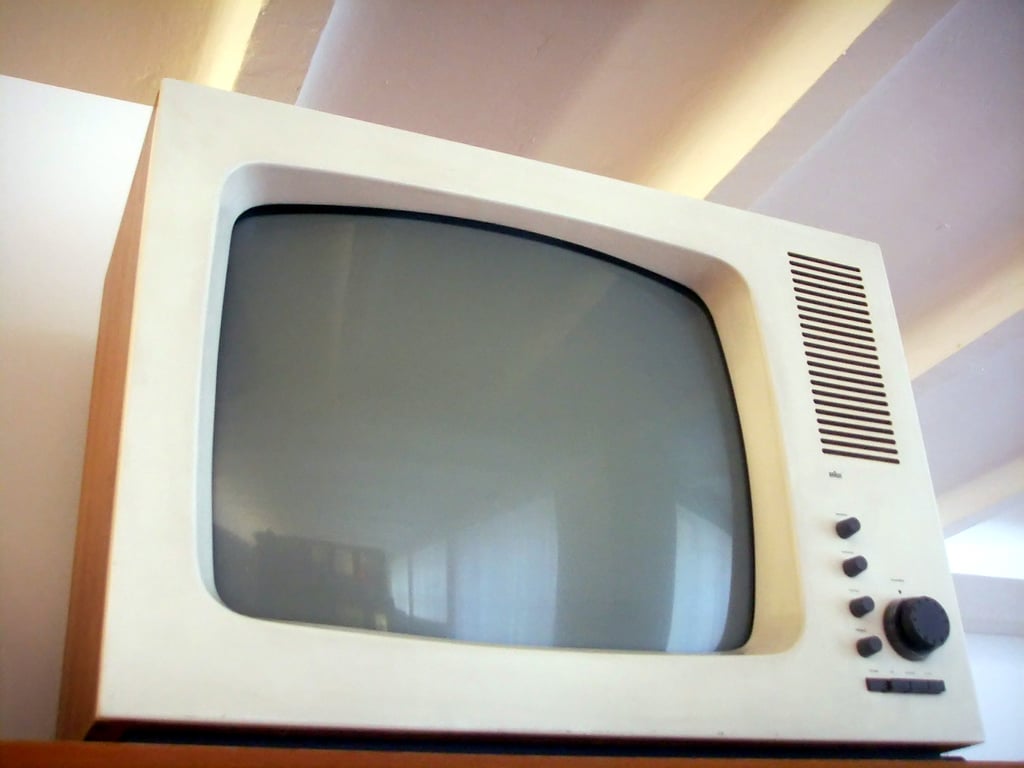No matter the complexity, manufacturers are always looking for ways to reduce the cost of making things, and sometimes they end up with a better product as a result. That process is called value engineering. And yes, it's possible to make a better product through value engineering, especially if you ask a lot of the right questions.

Value engineering conjures up the process of examining all the materials or components that went into the product. If you could source your raw material or components for less than you currently paid, there’s your savings.
We saw that scenario play out when many U.S. manufacturers moved their operations to Asia where costs were much lower (especially on labor) and proximity to raw materials and component manufacturers cut costs of time and shipping.
But what happens when your competitor decides to move their operations to Asia and can match your savings?
Or when the market for raw materials flattens out?
And what do you do when the difference in price is so miniscule that it doesn’t justify a move? Is the answer value engineering or product redesign?
Can you still find ways to make a better product for a lower price?
What Does The Customer Want?
One possibility is to take a fresh look at your product — not just what it’s made of, but its function or performance. Can your product do what it’s meant to do in a different way? Could it be redesigned so that it still performs, but it’s made more efficiently?
This type of rethink requires conversation with the product customer.
What do your customers want? Are there features to the product that don’t truly add value for the customer or increase performance? Can these features be removed to reduce cost while streamlining or increasing your product’s function?
Take automobiles for example. In the past, every automobile had a cigarette lighter and ashtray. It was standard equipment. You paid for the technology (such as it was) whether you were going to use it or not. Eventually, those items became optional. Today what used to power the cigarette lighter is merely the 12-volt auxiliary power outlet — a place to plug in chargers for electronics from cellphones and tablets to portable refrigeration units or tire compressors.
How about televisions? Back in the day you actually pushed, pulled or turned a switch to power on the TV. Today? Well, don’t lose the remote because the newest televisions aren’t made with on/off buttons.

Photo courtesy of Wikimedia
These relatively small changes came about because of advances in technology or shifts in cultural norms. Sometimes companies realize a product feature isn’t being used or isn’t worth the trouble to include.
Look at your external keyboard. Across the top you might see shortcut keys, a button to push to launch your web browser for example, but most computer manufacturers know they are rarely used. In five years, they’ll probably be gone.
I recently read an excellent blog post by Ben Balter, a product manager at GitHub, a software development network. Balter wrote:
“Features aren’t what make a product great.
Being the best at solving a particular problem does.”
He talks about how products can become “feature Christmas trees, with each stakeholder adding their own domain-specific ornaments.” The post, which deals mostly with software/application development, includes an excellent list of non-user reasons features get added, and how to stop them (or at least figure out if you actually need them.)
Reacting to individual customer requests: This is good, right? Isn’t the customer always right? Balter puts it this way, “Your users are experts at using your product, not building it.” Build the product to be purchased and used by many, rather than adding a feature for the clamoring few.
Project creep: This happens in every facet of product development. It’s so easy to move beyond the designated purpose, but hold on! Does your coffee maker really need a creamer dispenser? Focus on building a coffee maker that does the most important thing, like heating water quickly and efficiently, before you start adding bells and whistles no one asked for.
Just because you can, doesn’t mean you should: I have an upright vacuum cleaner at home. It’s a solid piece of equipment and does the job it was meant to do. Interestingly it has a small handheld vacuum cleaner embedded in the larger machine. I think I’ve used it once, maybe twice in the 20 years I’ve owned the vacuum. It was a completely unnecessary “innovation” that didn’t factor into my decision to buy the vacuum cleaner. It screams “We did this because we wanted to show we could do it.” I got the vacuum at a deeply discounted price. I would venture to guess that they didn’t make any money as a result of including the additional vac.
You don’t know your customer: This is the cardinal rule — know your customer.
- Who are they?
- What problem are they trying to solve?
- How does your product help the customer?
- Are you trying to solve a problem they don’t have?
From a marketing standpoint, knowing our customer (or our blog reader) is crucial. We need to know the topics you want to read about. We need to know what kind of work you do, your pain points, to create content you want to read. (This is a hint: Tell us in the comment section!)
Making your product more complicated than it needs to be: This reminds me of that line, “You had one job…” Sometimes a flashlight is just a flashlight, a flange is just a flange, a computer is just a … you get the idea. Make a product that fills a need, solves a problem. If there’s a market for it, it will probably do well (especially if you put some killer marketing behind it.) Then maybe your customers will let you know, “Hey, we have this other need we’d like you to fill.” And you can fill it because they know you and trust you.
The takeaway from these points (at least to me) isn't that features are bad, but that they need to exist for good, user-based reasons. If you're looking to make a better product that costs less to manufacture, value engineering and asking some pointed questions, could be your best, first step.
Read more:
- What Is Value Engineering?
- Computational Fluid Dynamics Analysis: A Key Differentiator
- Just What Are Engineered Products Anyway?




.jpg?width=176&height=56&name=MR_associatedNetwork_logo%20(1).jpg)